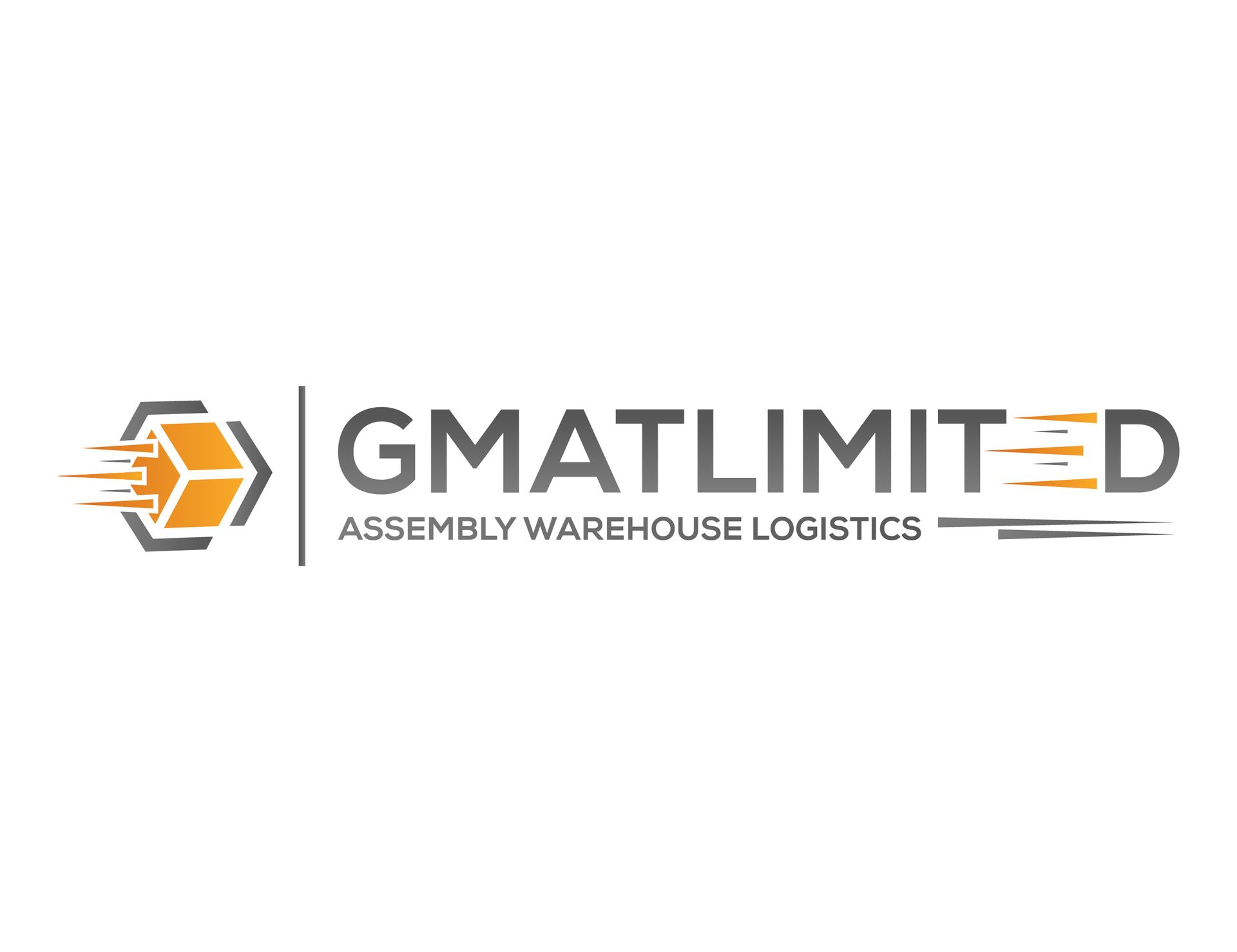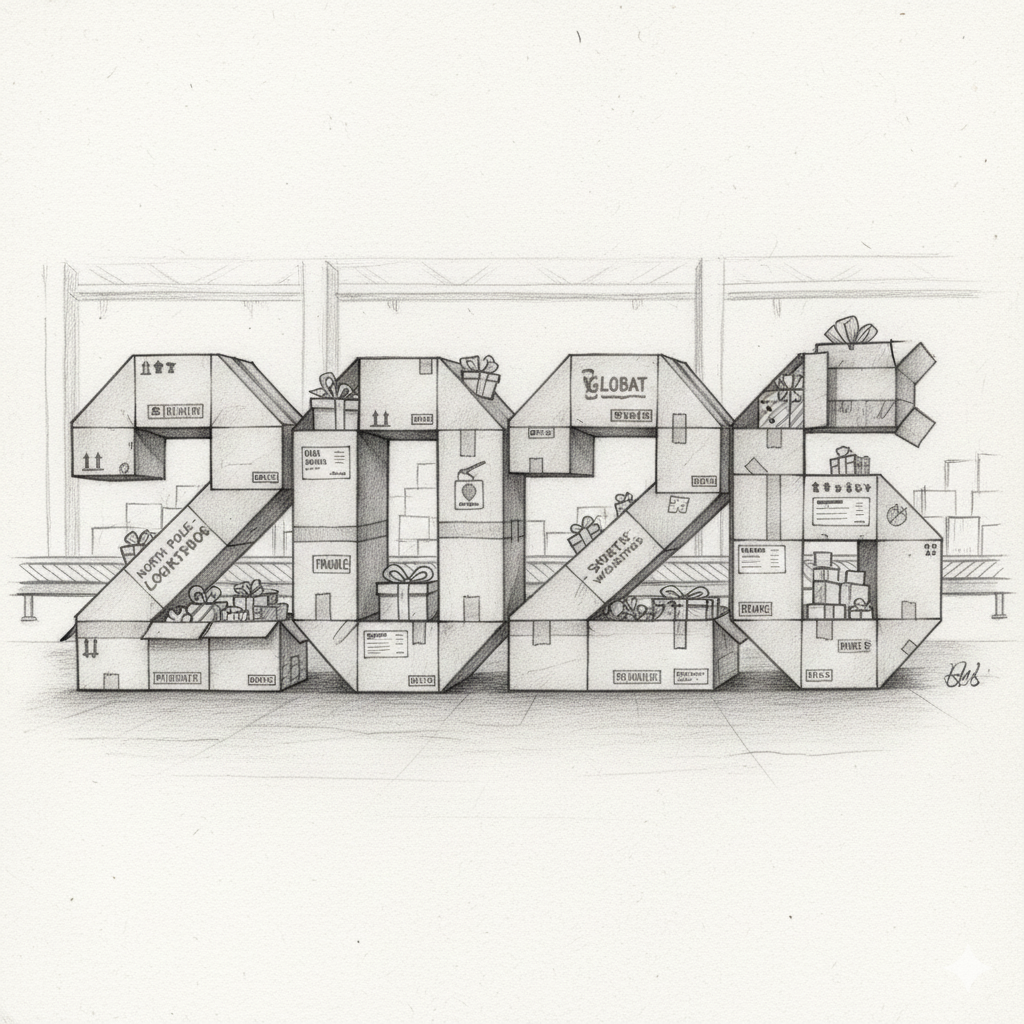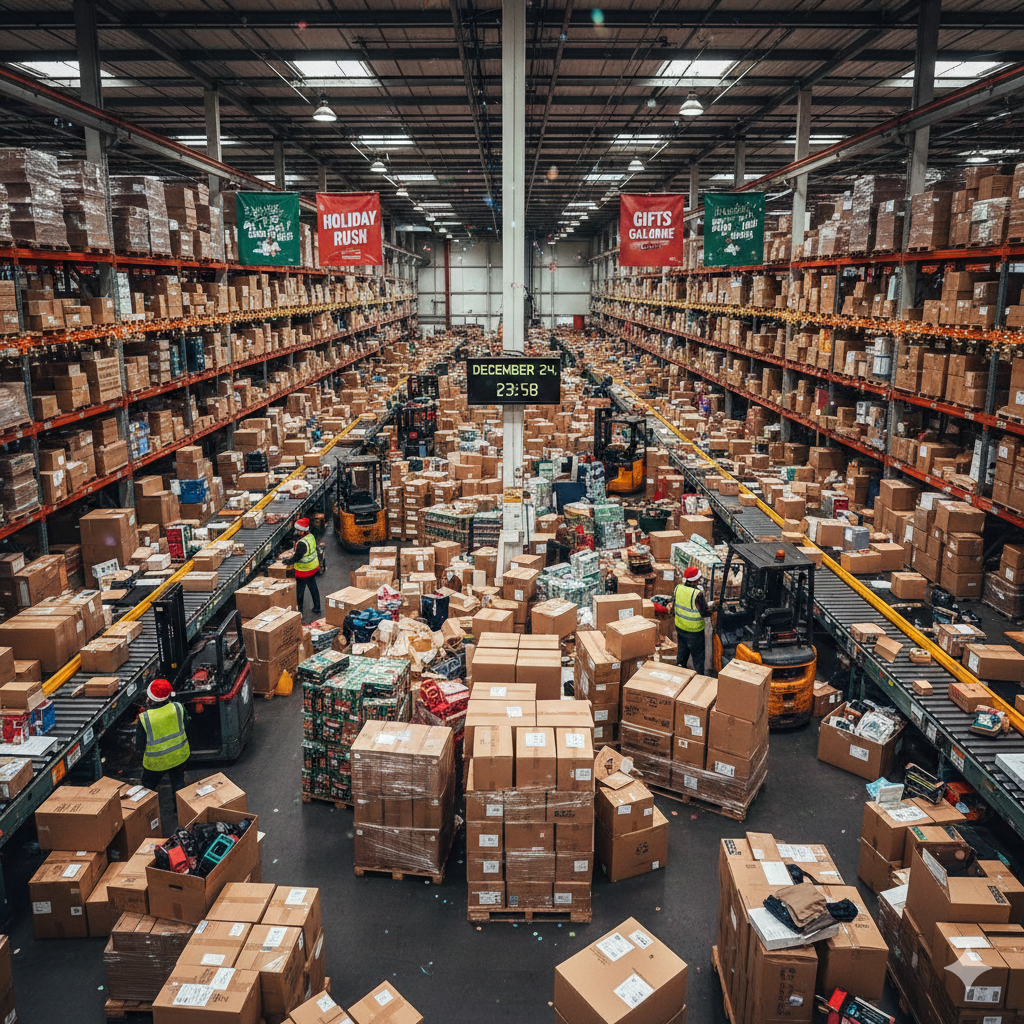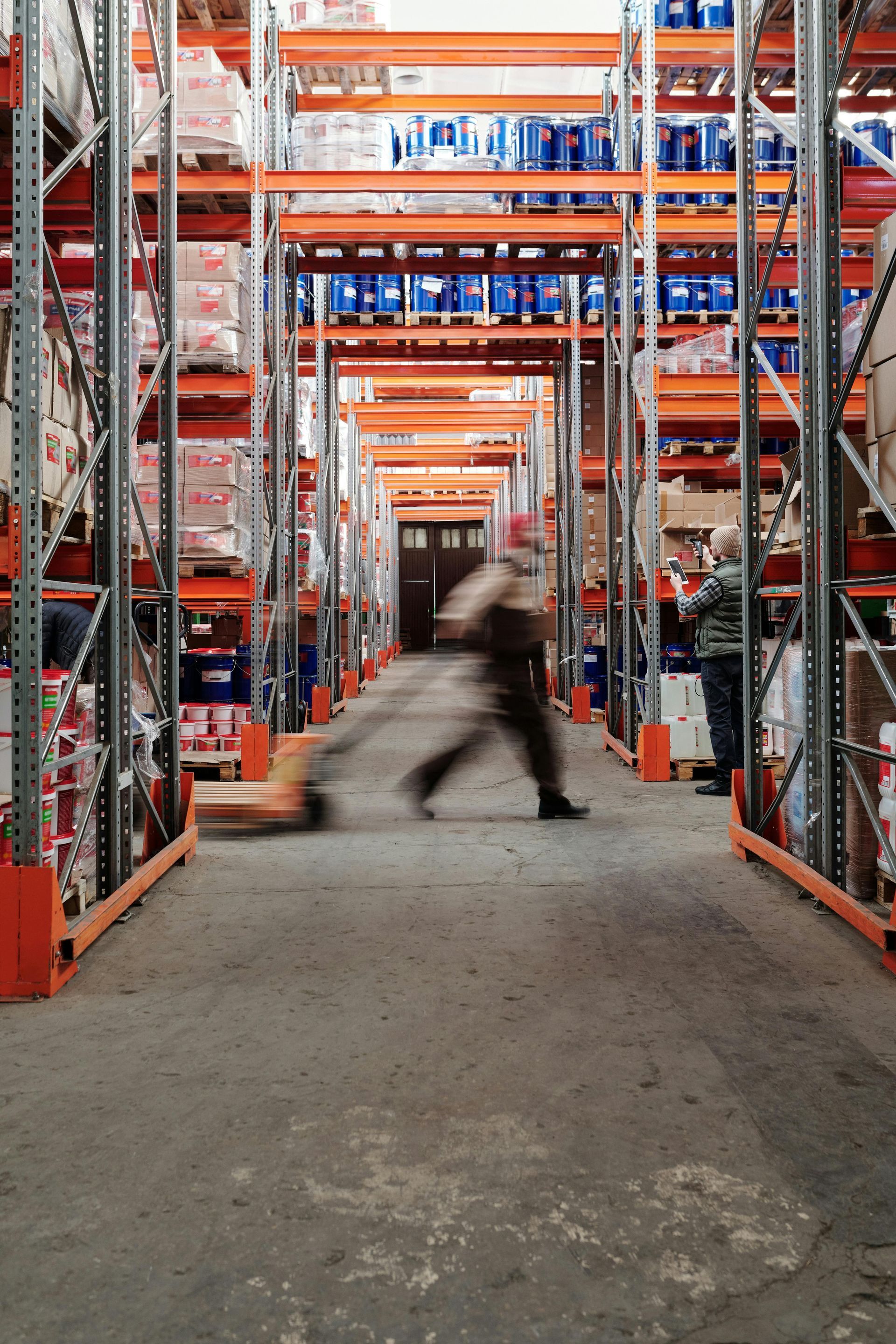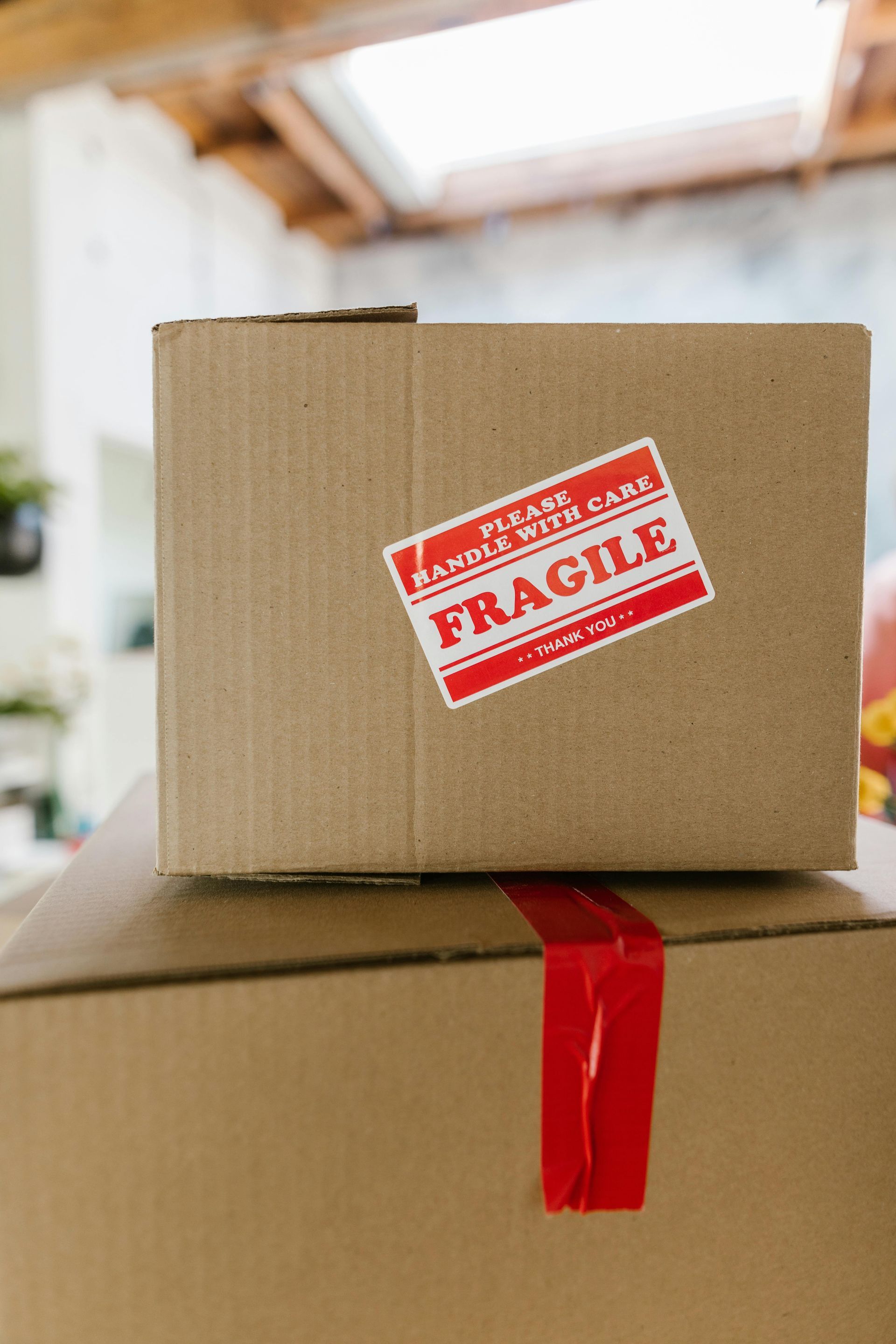Fulfillment Centers 101: Everything Retailers Should Know
More consumers than ever are shopping online, and expectations for delivery speed and accuracy are higher than they have ever been. Customers today want their purchases to arrive quickly, often within two days or less, and they expect hassle-free returns when something does not work out. For retailers, this demand creates both opportunities and challenges.
On one hand, e-commerce offers incredible growth potential. On the other, retailers must figure out how to manage storage, inventory, packaging, shipping, and returns in a way that meets customer expectations without overwhelming their business operations. That is where fulfillment services come in.
Fulfillment centers act as the backbone of modern retail logistics. They take on the heavy lifting of inventory management and order processing so that retailers can focus on sales, customer relationships, and growth. Whether you are a new online seller wondering how to keep up with your first big wave of orders, or an established retailer looking to scale into new industries we serve, fulfillment centers can play a valuable role in your success.
Key Takeaways
- Fulfillment centers manage product storage, order picking, packing, and shipping on behalf of retailers.
- They are different from warehouses, which are designed mainly for long-term storage rather than quick product movement.
- Using a fulfillment center can reduce overhead costs, improve shipping speeds, and enhance customer experience.
- Choosing a fulfillment partner requires looking at location, pricing, services, scalability, and technology.
- Modern fulfillment centers rely on automation, data tracking, and integrations with e-commerce platforms.
- Businesses of all sizes, from startups to established retailers, can benefit from using fulfillment centers.
What Is a Fulfillment Center?
At its simplest, a fulfillment center is a facility that stores products and processes customer orders on behalf of a retailer. But unlike a traditional warehouse, which is mainly about storing goods for the long term, a fulfillment center is designed for speed and efficiency. Its entire purpose is to move products quickly from storage shelves to customers’ doorsteps.
Imagine a customer buys a new pair of shoes from an online retailer. The order details are automatically sent to the retailer’s fulfillment center. Within minutes, the item is located on a shelf, picked, packed in a branded box, and shipped out using the fastest carrier option. All of this happens without the retailer ever needing to touch the product themselves.
Fulfillment centers are often part of larger logistics networks. Many are located near major metropolitan areas, airports, or shipping hubs to reduce transit times. Some are specialized, handling subscription box packing, perishable goods, or even oversized products. This flexibility makes them a practical solution for a wide variety of retailers, especially those exploring warehousing for online retailers.
How Fulfillment Centers Work
To understand their value, it helps to look at the process inside a fulfillment center step by step:
Receiving Inventory
Retailers send their products in bulk to the fulfillment center. Items are inspected, barcoded, and logged into the system. Accurate receiving is crucial because errors at this stage can ripple through the entire fulfillment process, which is why inventory management for eCommerce plays such a key role.
Storage
Instead of stacking goods in pallets for months, fulfillment centers organize products for easy access. This could include bin shelving, automated carousel systems, or robotics that retrieve items. The goal is to keep items ready for fast picking.
Order Processing
When a customer places an order through a retailer’s website or marketplace, the system automatically sends the order information to the fulfillment center. No manual input is needed, which reduces the chance of mistakes.
Picking and Packing
Workers or automated systems locate the product, verify it against the order, and package it for shipment. Some centers even offer custom packaging, gift wrapping, or marketing inserts to create a branded experience for customers.
Shipping
Once packed, the order is labeled and handed off to a shipping carrier. Fulfillment centers often negotiate bulk shipping rates with carriers, which can save retailers money.
Returns Management
Customer returns are shipped back to the fulfillment center, where they are inspected. If the item is still in good condition, it may be restocked. If not, it may be disposed of or returned to the retailer for further action. This streamlined process allows retailers to scale their operations without worrying about daily logistics.
Fulfillment Centers vs. Warehouses
Although fulfillment centers and warehouses may look similar from the outside, their purposes are very different.
| Feature | Warehouse | Fulfillment Center |
|---|---|---|
| Primary Use | Long-term storage | Rapid order processing |
| Product Movement | Slow, bulk shipments | Fast, individual orders |
| Technology Use | Basic inventory systems | Basic inventory systems |
| Customer Interaction | None | Directly linked to customers via shipping |
| Common Users | Manufacturers, wholesalers | Retailers, e-commerce sellers |
For example, a furniture manufacturer might use a warehouse to store thousands of dining tables for months at a time before shipping them in bulk to stores. In contrast, a fulfillment center would be used by an online retailer selling smaller items like clothing or electronics that need to move quickly.
Retailers should carefully consider their needs. If you primarily need to hold inventory in bulk for long periods, a warehouse might be enough. But if fast order fulfillment is important, a fulfillment center is usually the better choice.
Benefits of Using a Fulfillment Center
Faster Shipping
Most fulfillment centers are strategically located near urban areas or transportation hubs. This reduces the distance packages must travel, which means customers receive their orders sooner. In an era where fast shipping often determines whether a customer completes a purchase, this is a major advantage.
Reduced Overhead Costs
Operating your own warehouse comes with costs for rent, utilities, staffing, and equipment. A fulfillment center allows retailers to avoid these expenses by outsourcing them. Instead, businesses pay only for the space and services they actually use.
Scalability
Retail sales often fluctuate with seasons, holidays, or marketing campaigns. Fulfillment centers can scale operations up or down to match demand. This is especially helpful for businesses looking into high-volume fulfillment solutions for business growth.
Inventory Accuracy
Because fulfillment centers use advanced technology, inventory counts are updated in real time. This reduces costly errors like overselling out-of-stock items or misplacing products. Accurate inventory management also allows retailers to better forecast demand.
Better Customer Experience
When orders arrive on time and in good condition, customers are more likely to buy again. Fulfillment centers contribute to smoother customer experiences by reducing shipping errors and delays. Some also offer branding options that make the unboxing experience more memorable.
Choosing the Right Fulfillment Center
Not all fulfillment centers are the same, so retailers should evaluate their options carefully. Key factors include:
- Location – Look for facilities near your customer base. The closer the fulfillment center is to your customers, the faster and cheaper shipping will be.
- Pricing Model – Understand all fees, which may include receiving, storage, pick-and-pack, packaging, and shipping. Ask for transparent pricing to avoid hidden costs.
- Technology Integration – Ensure the fulfillment center integrates smoothly with your sales channels, whether it is Shopify, Amazon, WooCommerce, or another platform.
- Value-Added Services – Some centers offer kitting, custom packaging, or subscription box assembly. Consider these if they align with your brand strategy.
- Scalability – Think ahead. Will the fulfillment partner be able to handle double or triple your current order volume if your business grows quickly?
Taking the time to compare providers and even request tours of facilities can give retailers confidence in their decision.
Technology in Fulfillment Centers
Modern fulfillment centers rely heavily on technology to run efficiently. Some of the most common innovations include:
- Warehouse Management Systems (WMS): These systems track every product from the moment it arrives until it leaves. Retailers can log in to see real-time inventory updates.
- Automation: Conveyor belts, robotic arms, and
automated guided vehicles (AGVs) help move products quickly through the facility.
- Data Analytics: Predictive analytics helps fulfillment centers anticipate demand spikes and optimize stock placement.
- E-Commerce Integrations: Direct integrations with online marketplaces and websites reduce manual work and ensure orders are processed instantly.
Technology not only speeds up operations but also reduces human error, leading to more accurate order fulfillment.
Common Challenges Retailers Face
Even though fulfillment centers provide many benefits, they are not without challenges. Some of the most common include:
Cost Management
For retailers with low sales volume, fulfillment costs may outweigh the benefits. Minimum fees can be a burden if order numbers are still small.
Inventory Forecasting
If retailers send too much inventory, they risk paying high storage fees. If they send too little, they risk stockouts. Striking the right balance requires careful planning.
Returns Processing
While many fulfillment centers handle returns, the process can still be complex. Returned items may require inspection, repackaging, or even disposal, which adds costs.
Loss of Control
Retailers hand over part of their customer experience to a third party. If mistakes happen, it can reflect poorly on the retailer’s brand even though the fulfillment center is responsible.
Retailers can overcome many of these challenges by maintaining strong communication with their fulfillment partner and carefully reviewing service agreements.
Who Should Consider a Fulfillment Center?
Fulfillment centers are not only for large corporations. Businesses of many sizes can benefit:
- Small Retailers: Startups that experience rapid growth may struggle to keep up with shipping from their own homes or small offices. Fulfillment centers can help them maintain professionalism and keep customers satisfied.
- Mid-Sized Retailers: Businesses that have steady order volume but do not want to invest in their own warehouse can outsource fulfillment as a cost-effective solution.
- Large Retailers: Even major brands use fulfillment centers to expand their geographic reach, particularly when entering new regions.
- Subscription Services: Companies that send monthly boxes or recurring orders often rely on fulfillment centers for assembly and distribution.
In short, if order fulfillment is becoming a bottleneck for growth, it may be time to consider
outsourcing fulfillment readiness signs to determine whether your business is prepared for the transition.
Frequently Asked Questions
How much does it cost to use a fulfillment center?
The cost varies widely based on the provider, the number of orders, the amount of storage space, and the services used. Retailers may pay for receiving, storage, pick-and-pack, packaging, and shipping. It is important to request a full pricing breakdown before committing.
Can small businesses use fulfillment centers?
Yes. Many fulfillment providers have designed flexible services for small businesses and startups. Some even specialize in working with e-commerce entrepreneurs who may only have a few dozen orders per month.
How do fulfillment centers handle returns?
Most fulfillment centers have a process for managing returns. This may involve inspecting the product, repackaging it for resale, or disposing of items that cannot be resold. Some centers also provide return labels to simplify the process for customers.
What is the difference between a fulfillment center and dropshipping?
In dropshipping, the retailer never holds inventory. The product is shipped directly from the supplier to the customer. In contrast, with a fulfillment center, the retailer owns the inventory, sends it to the facility, and the fulfillment center ships it out when orders come in.
Do fulfillment centers integrate with online stores?
Yes. Most modern fulfillment centers integrate with major platforms like Shopify, Amazon, and WooCommerce. This allows orders to be transmitted instantly, reducing delays and errors.
Final Thoughts
Fulfillment centers are an essential part of today’s retail ecosystem. They provide the speed, accuracy, and scalability that modern customers demand, while giving retailers the freedom to focus on marketing and growth. By outsourcing logistics, businesses of all sizes can stay competitive in a marketplace where efficiency often determines success.
When considering a fulfillment center, retailers should weigh the pricing, services, and technology to ensure they choose the right partner. While challenges exist, the advantages often outweigh them for businesses ready to grow.
For many retailers, partnering with a fulfillment center is not just about logistics. It is about creating a customer experience that drives satisfaction, loyalty, and repeat sales. To explore solutions tailored to your business,
contact us today.
